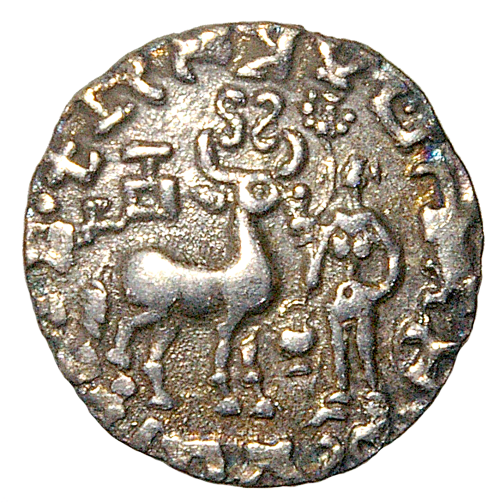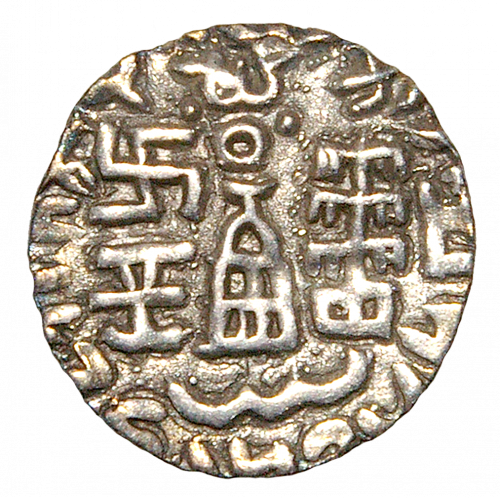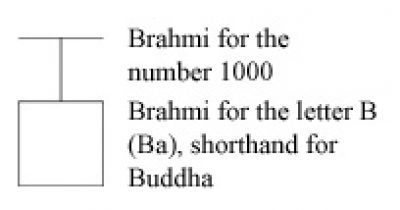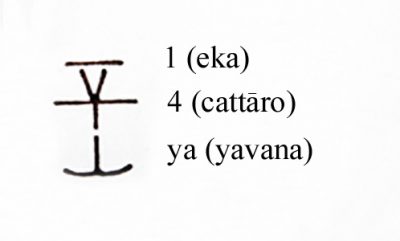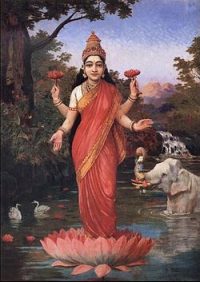A013
Silver Drachm, MACW 4440-1.Sharan variety B
18 mm (11/16”), 2.14 grams
HISTORY: In ancient India, a young man was tapped to lead a successful civil war and takeover of the Nanda dynasty. In 322 BC, Chandragupta Maurya emerged as head of what was to become the Maurya Empire, ruling the vast central and northern regions until 187 BC.
In the waning years of the Maurya Empire, the small Kuninda Kingdom formed on the eastern slopes of the Himalayas (200 BC‒AD 300), ruled initially by King Amoghabhuti. During the Mauryan rule, coins of the realm were punched-marked. As the new era began, coins were actually minted with molds and then die struck. This silver drachm coin was minted in the early years of the kingdom during Amoghabhuti’s reign. Its unique, bilingual design (Brahmi on the obverse; Kharosthi on the reverse) was heavily influenced by Buddhist symbology.
This coin comes with a pedigree: “MACW 4440-1.Sharan variety B,” noted in the standard reference book compiled by Michael Mitchiner, The Ancient & Classical World 600 BC‒AD 650. It has been widely researched by others, evolving slightly throughout the years of its mintage, and many variations exist. I will describe this coin as well and add my thoughts on some of the not-so-obvious symbolism.
OBVERSE: Buddha delivered his first sermon in what is now Sarnath Deer Park of Varanasi, a holy place. Deer came to represent his disciples, and so a deer (likely a chital deer stag based on its size) dominates the obverse. Above the antlers are two cobras, which were at once feared and revered. As the story goes, one evening, while Buddha slept outdoors in the rain, cobras protected him throughout the night. When he awoke, he blessed them, leaving his fingerprints—the speckled marks—on their hoods. Annual cobra festivals are still a celebrated ritual.
To the left of the deer is naked Lakshmi, goddess of fortune and abundance, wearing only ankle amulets. In her right hand, she is holding a lotus flower (fully blossomed spirituality) and seemingly feeding the stag. Her left hand rests on her hip. Between the stag and Lakshmi, unusual for this coin type, is a pumpa (bumpa), a ritual treasure vase. This pumpa represents abundance and an unending blessing of spiritual enlightenment.
To the stag’s left is a symbol clearly defined. At the top is the Brahmi numeral “T” (nānā ghāt, for 1000), which represents a thousand-armed Chenrezig (also known as Avalokiteśhvara in the Sanskrit of ancient India), the Buddha who embodies the compassion of all Buddhas. Chenrezig is a Buddhist who is seeking to let go of the “1” to realize the only truly Buddhist number “0.” Beneath the “T” is a square symbol, which is the Brahmi letter “B” for ba, a foreshortening of “Buddha” (see Detail 1).
To the Buddhist citizens of Kuninda, this composite symbol would have been comforting—an alphanumeric cluster depicting One Thousand Buddhas. Around the perimeter of the coin, stated in Prakrit (Brahmi script), “Rajnah Kunindasa Amoghabhutisa maharajasa” (“Of Maharaja Amoghabhuti, Raja of Kunindas”).
REVERSE: Central to this coin is a stupa (Sanskrit for “heap”), which is a holy mound-like structure containing sacred relics. It is a shrine, a place of meditation. Below is a wavy line, symbolizing water and a flowing river, which is the virtue of calmness, clarity, and purity of body and mind. To the right of the stupa is a bodhi tree (wisdom tree), the sacred place under which Buddha was enlightened.
On the left of the stupa is a clockwise swastika, long associated with the footprints of Buddha. This symbolizes an eternal cycling of good fortune, containing the whole mind of Buddha. Beneath the swastika is an alphanumeric assembly, in Brahmi script (see Detail 2). To the Buddhist, “1” (eka), spiritual union and healing, holds a meaning of individual and mind. The number 4 (cattāro), the most characteristic number in Buddhist texts, points to the four directions (completion, encompassing, perfection, and balance), noble truths and stages of enlightenment. Ya (yavana), the dharma of the Buddha, speaks of the meditative experience, emptiness, and the absence of self. You add it up!
Around the perimeter of the reverse, stated in Kharosthi script, “Rana Kunindasa Amoghabhutisa maharajasa” (“Of Great King Amoghabhuti of the Kunindas”).
Whew! A lot of stuff on a tiny coin from the past.

